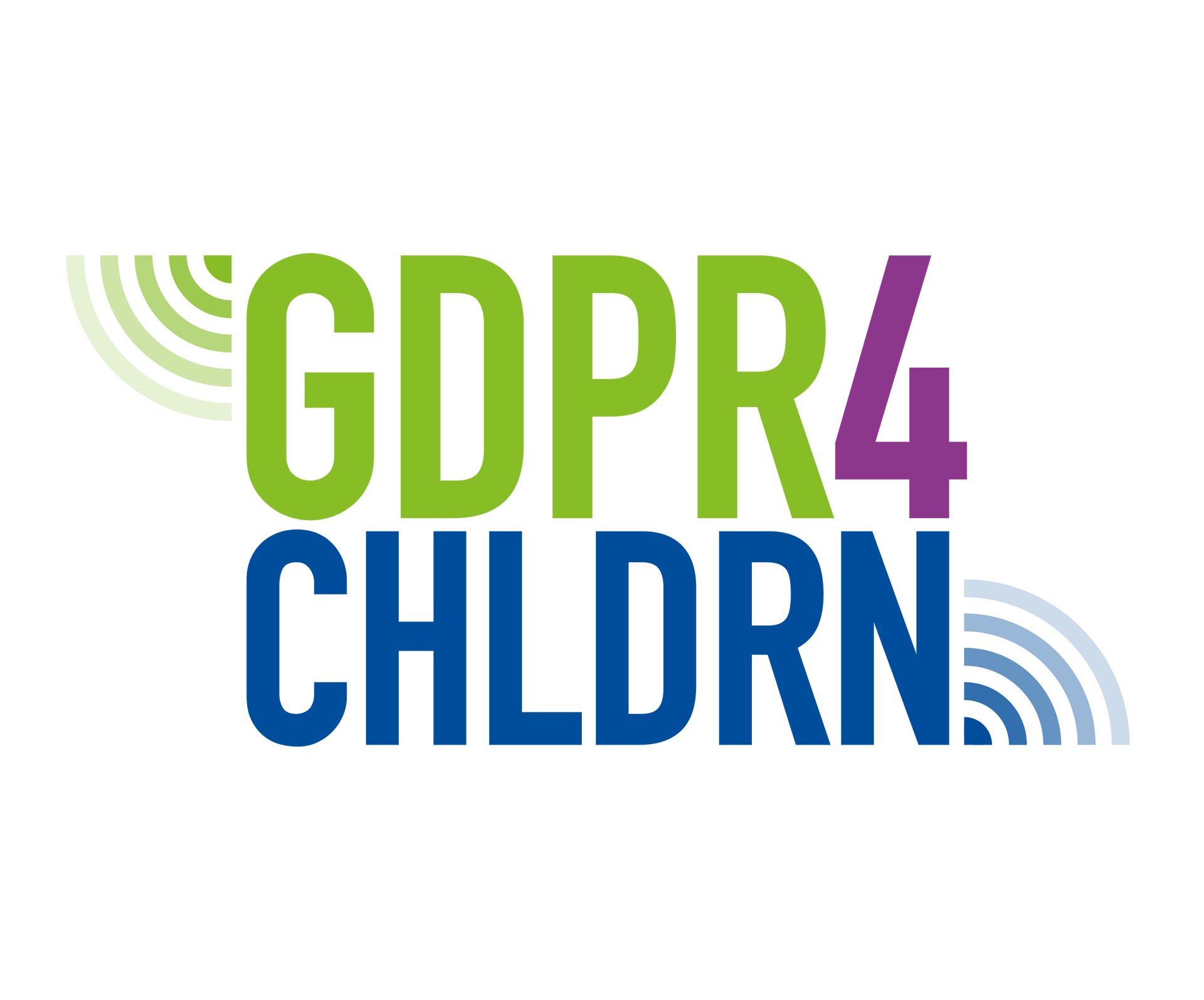What should you take into account when publishing photos and videos?
Children are sometimes photographed or videoed in their hobbies. A photograph or video constitutes personal data if people can be identified from them.
You need a legal basis for processing and publishing photos of participants. For example, the hobby organiser can ask for the child’s or their custodian’s consent for publishing the photos. If you request the consent from the child themselves, you need to consider the child’s age and ability to assess the significance of their consent.
It is the hobby organiser’s responsibility to demonstrate that consent has been given. For this reason, you should request the consent in writing.
To publish a photograph, you need the consent of every identifiable person in it. If you have not obtained everyone’s consent, you cannot publish the photo in a form that enables the identification of people who have not given their consent for the publication.
People also have the right to withdraw their consent for the publication of photographs. If someone withdraws their consent, you normally have to remove the photo or edit it to render the person unidentifiable.
Consent for taking and publishing photographs and video must be freely given. That means that it must be requested in a manner and context that let the participant refuse their consent without fear of consequences such as falling into disfavour. You should be especially mindful of this when requesting consent directly from a child.
When publishing photos and video on social media, for example, you should remember that the social media platform may use the photos and video for its own purposes. The people identifiable from photos must be informed of where the photos will be published and of the possible consequences of such publication (for example, the possibility of the photos spreading or being used for other purposes).
You should draw up instructions for taking and publishing photos and video for everyone involved in the hobby.
The hobby organiser must have a legal basis for publishing the personal data of participants and processing it, also on social media. It is also a good idea to draw up instructions for the use of social media.

